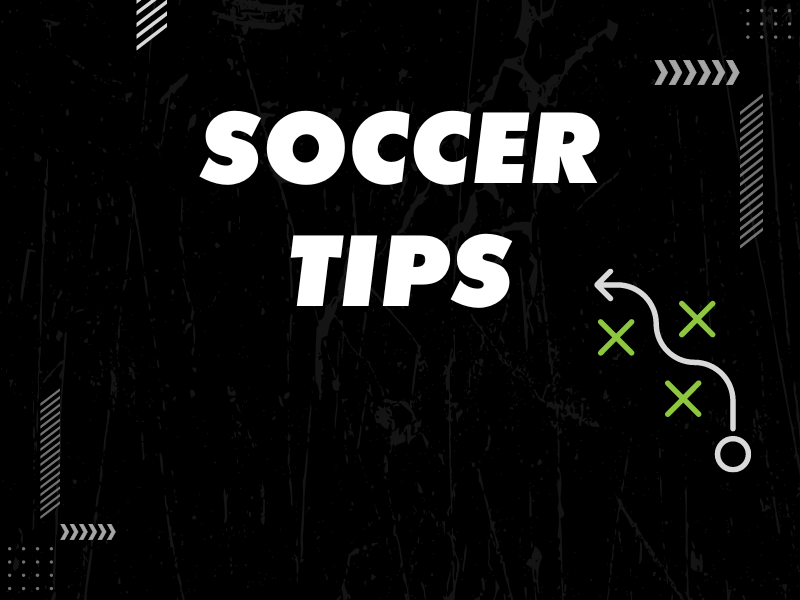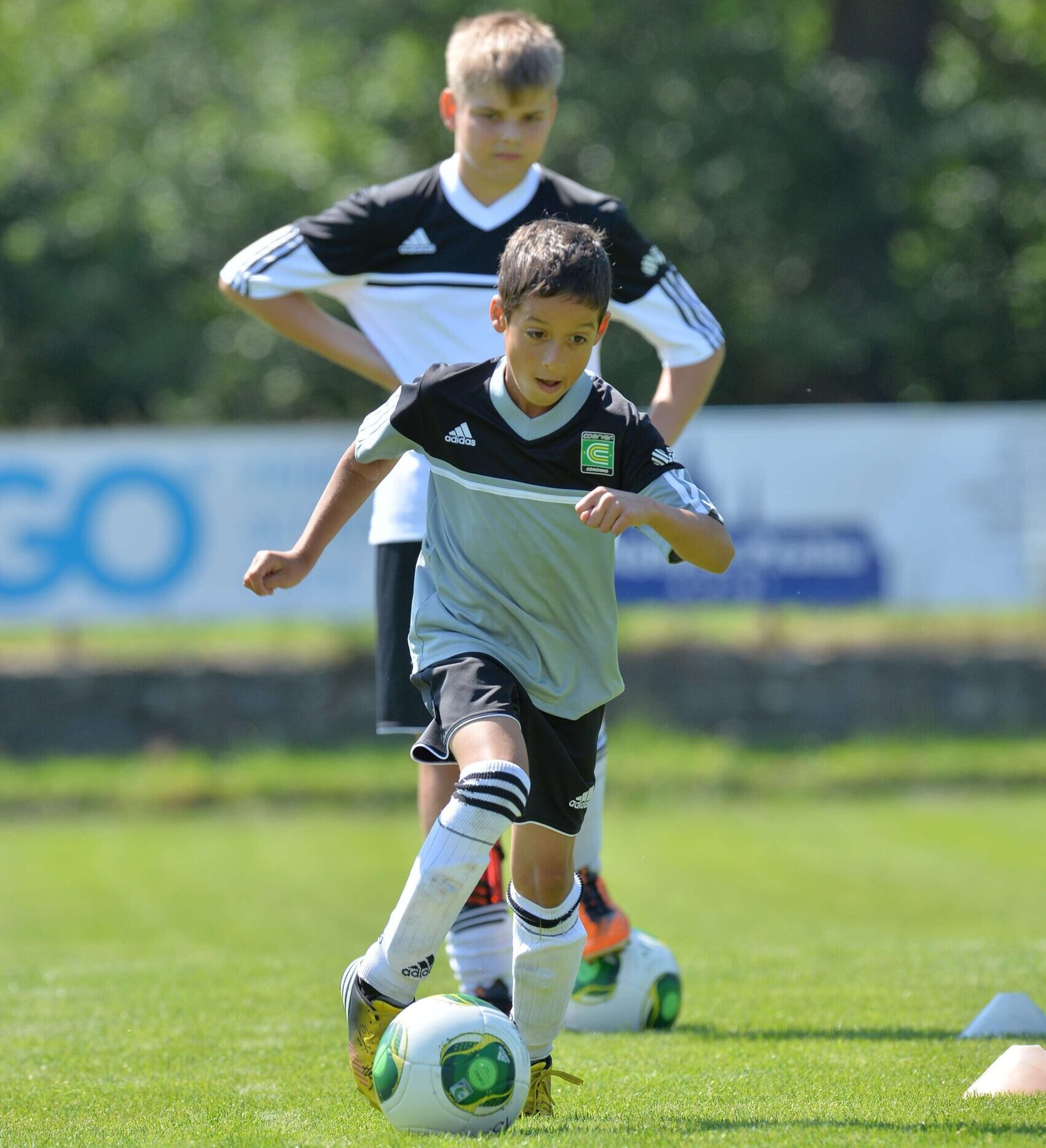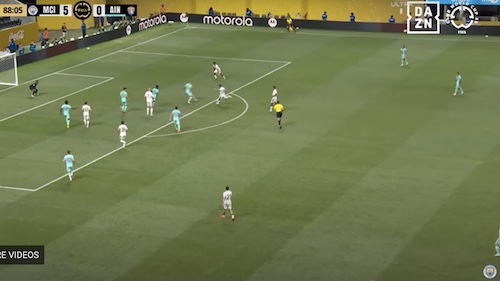What are the four most common injuries in soccer and how do you prevent them? The four most common injuries are pulling a hamstring, straining the medial collateral ligament of the knee, the calf muscle and twisting an ankle. The best way to avoid these injuries is to get in good shape and stretch before and after training. Overall, eating healthy, staying hydrated and sleeping well also go a long way in preventing and recovering from injuries.
Hamstrings. For the hamstring, most times it’s when you’re fatigued that you’ll suffer a strain. This fatigue can come from not being in good shape or playing too many games over a short period of time when you haven’t recovered. Stretch your hamstrings before playing but make sure your back and gluteal muscles are stretched out properly. If you’re back and glutes are stretched then that will take pressure off your hamstrings. After training, use a foam roller to work out tough areas along the sides of the leg and to get blood flowing into those areas. Yoga, wearing running tights and deep tissue massage can also help prevent hamstring injuries.
Knees. There’s a risk that you’ll strain your MCL if you go in too hard on a tackle and aren’t balanced or your feet aren’t planted properly on the ground. If you’re lunging in with the inside of your foot to win the ball the knee will bend too far if you’re trying to make a tackle when you’re off balance. Also, the whole phrase “rush of blood to the head” comes to mind in many injuries, where you often see players get mad and then try to get back at another player only to end up getting hurt themselves. Beckham did this once when he was playing for the LA Galaxy, straining his MCL after a hard tackle.
Thankfully, MCL injuries do not require surgery but rest and then strengthening of the muscles around the knee. To prevent an MCL injury strengthen the muscle around the knee by doing jumping exercises over the ball, start out jumping with both feet and then try doing it with one foot. Lunges, leg presses, and step ups on a box or stairs are other strengthening exercises you can do to prevent straining your MCL.
Ankles. If you’re not wearing good soccer shoes or playing on a poor surface or get tackled from the side and not expecting it, you can twist or roll the ankle. Fortunately, most ankle injuries just require ice, rest, a brace or taping, and you can get back on the field pretty quickly if their ligaments aren’t too strained. To avoid rolling your ankle do some ankle stretches before you play, rolling them out and rotating your foot in a circle.
Balance exercise like standing on one foot, resistance exercises with a band or towel, pulling the foot back and forth, are also good exercises that will build up the muscles around the ankle. Strengthening the calf muscles too can help, doing calf raises by shifting weight onto your toes, and slowly bringing your heels off the ground. Then do shin raises by lifting your toes instead of your heels off the ground. Sitting in a chair use your toes to pull a towel back towards your body to build the ankle muscles if they are weak.
Neymar sprained his ankle recently but also broke his fifth metatarsal, as he awkwardly planted his foot on the side when he was checking back to the ball, thrown off a touch by a defender who won the ball. It was a freak play but shows how just landing awkwardly can cause you to twist your ankle or worse. The key thing with ankle injuries is coming back too soon when you’re not ready, which will only lead to a more severe ankle injury.
Calf. The calf muscles are often strained or pulled towards the end of a soccer game often just from over use or cramping. If you feel your calf muscles tightening up make sure to stretch them or come of the field so you don’t suffer a main tear.
How to prevent football injuries – in today’s video we take a closer look at how you can prevent football injuries with advice from a physiotherapist. In these modern days, football has developed a lot and with a lot of games, injuries can also occur – and if you want to make sure that you can play, here are some good tips on how to avoid football injuries. Here, our guest physiotherapist will give you some advice on what you can do to avoid AND also treat football injuries in case you get unlucky, so in case you’re dealing with one of the most common injuries in football, a pulled hamstring or a sprained ankle, there’s some advice on how to treat your football injury.















